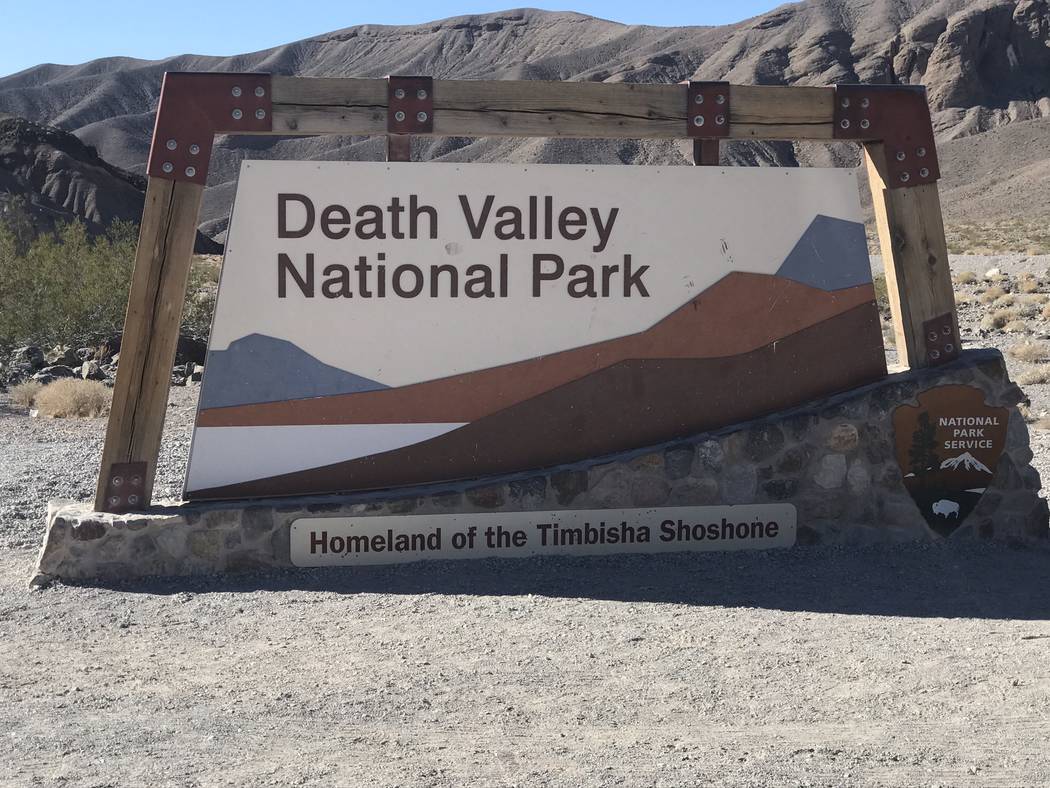Tim Burke: Stargazing makes most things seem insignificant
Stargazing is popular here in the Mojave Desert away from the bright lights of Las Vegas. Death Valley National Park holds its Dark Sky Festival this February 21-23, 2020. This event is a collaboration between the park, Death Valley Natural History Association, NASA, and many other organizations. Death Valley offers some of the best stargazing in America. The International Dark-Sky Association has designated Death Valley National Park as a Gold Tier Dark Sky Park, the highest rating of darkness.
During the day, the Dark Sky Festival features guided hikes, ranger talks, family programming, and an exploration fair. At night, visitors can attend evening programs, night sky photography meet-ups, and a star party.
I attended a similar event one summer almost 40 years ago in Yosemite National Park. I had ventured to Yosemite to camp out for a few days and my first overnight camp stop was at Tuolumne Meadows.
The meadows are at 8,600 feet in elevation and far away from city lights. The best way to avoid the summer crush of visitors on the Yosemite Valley floor is to stay out of the valley and explore the upper reaches of the park.
The easiest way to reach Tuolumne Meadows is to come into the park from the back side by taking Highway 395 to Lee Vining and then turning onto Highway 120. The road is only open during the summer months and is closed over the winter because of snow.
My trip to Yosemite coincided with a summer meteorite shower. The park rangers held a nightly stargazing program out in the meadow where the meteorite shower could clearly be seen. The meadow has large granite boulders jutting out of moist green meadow grass. The boulders soak up the sun’s rays during the day and hold heat into the evening.
I can remember laying on a blanket on top of a large boulder, appreciating its warmth in the chilly evening listening to the rangers point out various star formations and planets as I stared into the deep black summer night sky.
The rangers would intermittently pause during their presentation as the campers would suddenly shout out as a meteorite burned up entering our atmosphere.
When you want a reality check on just how small and insignificant some of our daily stresses are, take a few seconds to ponder the enormity of the universe. What we can see in the night sky is only a very tiny fraction of our galaxy. You have probably heard the phrase ‘there are more stars in the sky than there are grains of sand on Earth.’ This is true!
From rough estimates, there are over 70 billion trillion stars in the universe. However, when looking up at the night sky, we only see a small percentage of these stars. Best estimates under ideal conditions predict there are approximately 9,000 stars visible to the naked eye.
But remember that there are both northern and southern hemispheres. Therefore, only half this amount would be visible at one certain location. Under perfect conditions, we can see 4,500 stars with the naked eye. If there are roughly a 100 billion stars in the Milky Way, then we would only see 0.0000045% of the stars in our one galaxy. It is estimated that there are at least 2 trillion galaxies in the observable universe.
What is also a little mind-blowing is that what we see in the night sky is not a snapshot of the stars as they currently are but instead, we are looking at light that was emitted from a star perhaps tens of millions of years ago.
Because of the finite speed of light, when you gaze up into the night sky, you are looking into the past. The bright star Sirius is 8.6 light-years away. That means the light hitting your eye tonight has been traveling for 8.6 years.
Put another way: When you look at Sirius tonight, you see it as it was 8.6 years ago. As you look at more distant objects, the effect becomes bigger and bigger. The stars of the Big Dipper range from 60 to 125 light-years away.
When you look at Dubhe, the front star in the “bowl” of the Dipper, you are seeing light from before you were born. The Andromeda Galaxy is the most distant object readily visible to the naked eye. It is 2.5 million light-years away.
The light from it that we see right now is 2.5 million years old. We are therefore seeing the Andromeda Galaxy as it was at a time long before modern humans existed!
The Hubble space telescope can see objects even more distant than our eyes can. When it takes a picture of a galaxy 100 million light-years away, we are seeing the galaxy as it looked 100 million years ago.
At the time that light left that galaxy, dinosaurs still roamed Earth and humans would not appear for many millions of years!
Summer stargazing can be fun and a time to reflect on the immensity of the universe and our small part in it. It’s a reminder how little we actually know about the stars and how the little stuff that we get irritated about maybe isn’t that big of a deal. Take some time and gaze up into the desert night sky, it is quite spectacular!
Tim Burke is a businessman, philanthropist, educator and Pahrump resident. Contact him at timstakenv@gmail.com






















